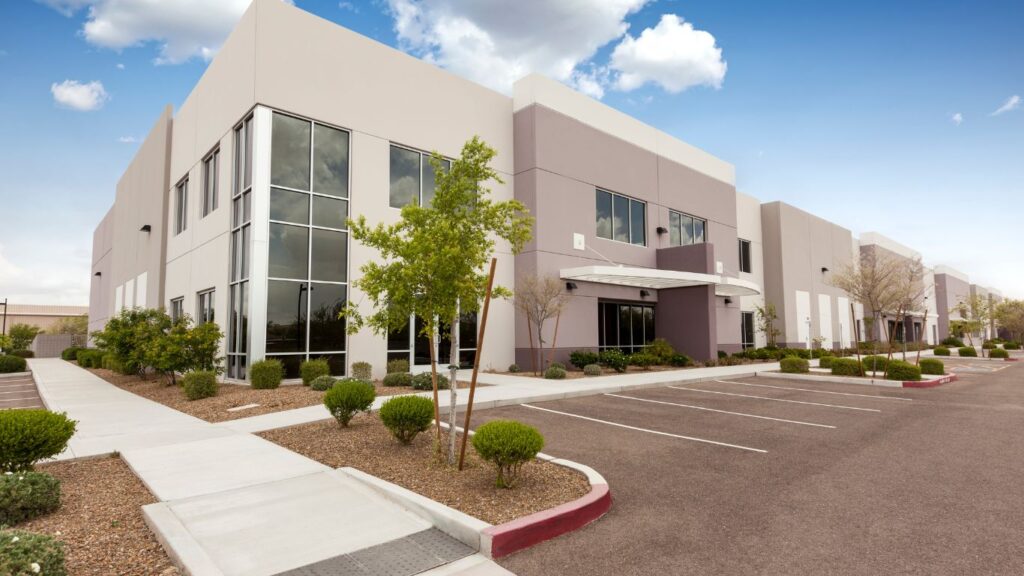Safety at construction sites is a paramount concern that should be ingrained in every phase of a project. The dynamic nature of construction work brings inherent risks, making it imperative to prioritize the well-being of workers and the success of the project. In this article, we delve into the multifaceted aspects of construction site safety, exploring statistics, regulations, common hazards, preventive measures, and the global perspective. Visit
Presentation
Building locales, clamoring for action, are fundamental for the cultural turn of events; however, they likewise present critical dangers. The groundwork for any fruitful development project is a solid climate that shields laborers and limits the potential for mishaps. Understanding the significance of security is the most vital move toward creating a culture that focuses on the prosperity of those included.
Insights on Building Site Mishaps
Prior to digging into preventive measures, it’s essential to recognize the truth of building site mishaps. Ongoing measurements feature the disturbing recurrence of episodes, underscoring the requirement for severe security conventions. These mishaps not only imperil the wellbeing and lives of laborers but also lead to project delays and monetary difficulties.
Administrative Measures Set up
Legislatures and administrative bodies assume a significant role in guaranteeing building site wellbeing. The World Security and Wellbeing Organization (OSHA) gives extensive rules, and nearby guidelines supplement these principles. Understanding and sticking to these actions are fundamental for all partners engaged with development projects.
Normal Perils at Building Destinations
Distinguishing potential dangers is fundamental for compelling executives to gamble. Falls, electrical mishaps, and apparatus-related episodes are among the most pervasive dangers at building destinations. By perceiving these risks, preventive measures can be carried out to moderate the probability of mishaps.
Individual Defensive Hardware (PPE)
The last line of defense against possible perils, individual defensive hardware (PPE), is the foundation of building site security. Laborers should be outfitted with suitable stuff, including head protectors, gloves, and wellbeing boots, to limit the effect of mishaps.
Preparing and Schooling Projects
Information is power, particularly with regards to building site wellbeing. Strong preparation and instruction programs guarantee that laborers are all informed about possible dangers and the prescribed procedures to moderate them. Progressing preparation programs further enhance mindfulness and readiness.
Crisis Reaction Arranging
Regardless of how tenacious the preventive measures are, crises can, in any case, happen. Having a thoroughly examined crisis reaction plan is essential for limiting the effects of unanticipated occasions. Standard drills and recreations guarantee that all laborers know all about the techniques.
Mechanical Progressions in Development Wellbeing
The development business is embracing mechanical advancements to improve wellbeing. Wearable innovation, ongoing checking, and computerized wellbeing frameworks add to a more secure workplace. These progressions safeguard laborers as well as further develop, generally speaking, task productivity.
Cooperation in Wellbeing Practices
Wellbeing is an aggregate liability that includes managers, laborers, and administrative bodies. Building a culture of security requires coordinated effort, correspondence, and a common obligation to carry out and stick to safe conventions.
Contextual analyses
Analyzing genuine contextual investigations gives important insights into the fruitful execution of security measures and the examples gained from lamentable mishaps. These accounts act as integral assets for building up the significance of severe wellbeing rehearsals.
Expenses of Overlooking Wellbeing
The monetary ramifications of disregarding well-being are extensive. Past the prompt expenses of mishaps, there’s the potential for long-term harm to an organization’s standing. Focusing on security isn’t simply an ethical commitment; it’s also an essential business choice.
Mental Effects on Specialists
Building site mishaps can meaningfully affect laborers. Stress, nervousness, and post-traumatic stress disorder (PTSD) are expected results. Establishing a steady climate that tends toward emotional wellness concerns is pivotal for the general prosperity of laborers.
Consistent Improvement in Wellbeing Conventions
Building site well-being is an advancing field. Normal appraisals and updates to safe and secure conventions are fundamental for adjusting to new difficulties and gaining from past occurrences. A promise to consistent improvement guarantees that wellbeing stays a main concern.
Worldwide Viewpoints on Development Wellbeing
While there are general standards for building site wellbeing, principles can shift around the world. Understanding these differences and embracing shared prescribed procedures adds to a more powerful and orchestrated way to deal with building site wellbeing on a worldwide scale.
Conclusion
In conclusion, safety at construction sites is not a standalone consideration but an integral part of every successful project. By acknowledging the risks, adhering to regulations, embracing technological advancements, and fostering a culture of collaboration, the construction industry can build a secure foundation for its future. Visit
FAQs
-
What are the most common accidents at construction sites?
- Falls, electrical accidents, and machinery-related incidents are among the most common accidents.
-
Why is personal protective equipment (PPE) essential?
- PPE serves as the last line of defense, minimizing the impact of potential hazards on construction workers.
-
How can companies improve mental health support for construction workers?
- Creating a supportive environment and offering resources for mental health are crucial steps.
-
What role do governments play in construction site safety?
- Governments establish regulations, such as those provided by OSHA, to ensure safety standards are met.
-
How often should emergency response drills be conducted?
- Regular drills and simulations should be conducted to ensure all workers are familiar with emergency response procedures.






